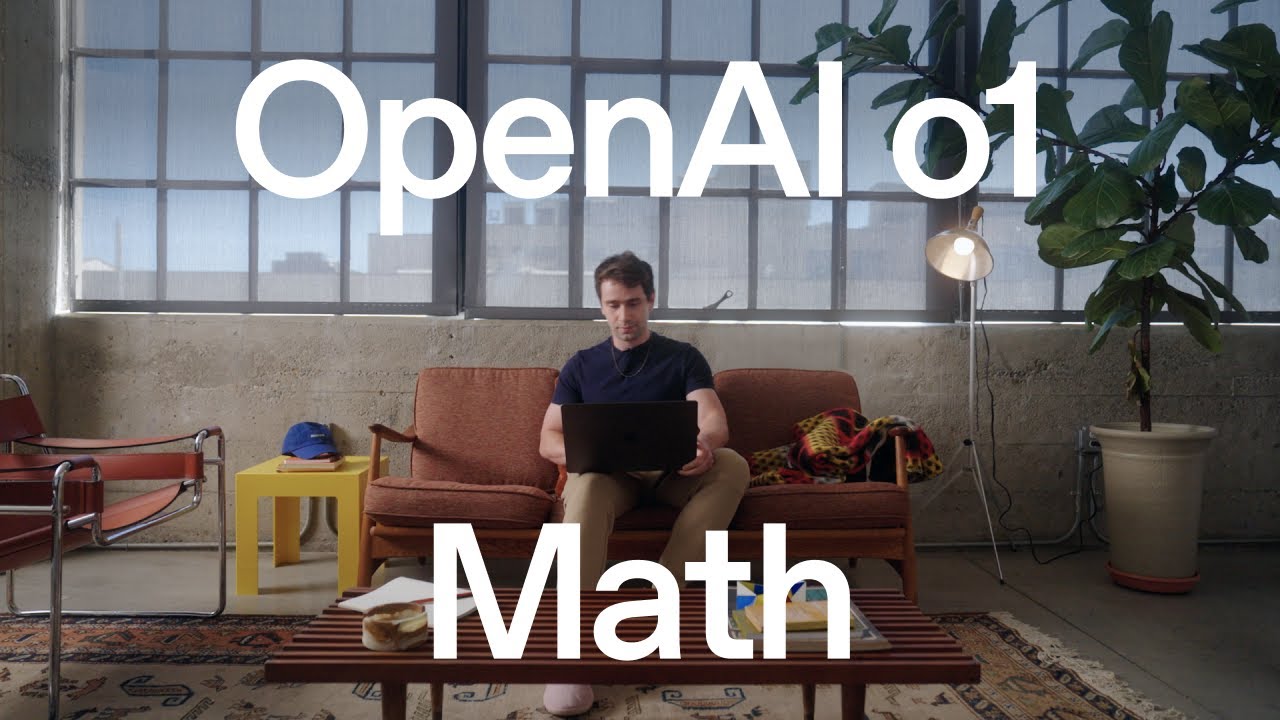The video features a presenter exploring nonograms, a type of logic puzzle, by having an AI model generate a 5x5 puzzle that forms the letter “M” and another instance of the AI solve it. This experiment showcases the AI’s problem-solving abilities and highlights the logical reasoning involved in solving such puzzles, drawing parallels to other logic-based games like Sudoku and crosswords.
In the video, the presenter discusses a favorite childhood puzzle known as a nonogram, which involves filling in squares on a grid based on numerical clues. The clues indicate how many squares in each row and column should be filled and whether they are consecutive or separated by empty squares. The presenter proposes a fun experiment where one instance of an AI model generates a nonogram puzzle, and another instance attempts to solve it, showcasing the model’s capabilities in puzzle-solving.
The presenter decides to create a 5x5 nonogram with the final answer being the letter “M.” After generating the puzzle, they copy it and open a new window to ask the AI model to solve it. The model successfully interprets the clues and fills in the grid to visualize the letter “M.” This demonstrates the model’s ability to understand and solve the puzzle based on the provided numerical hints.
The explanation of how nonograms work is detailed, emphasizing that each row and column has a list of numbers indicating the filled squares. For example, a clue of “2” means two consecutive squares are filled, while “1, 1” indicates two filled squares with a space in between. The presenter highlights the logical reasoning required to deduce the correct squares to fill, which is a key aspect of solving nonograms.
The presenter draws parallels between nonograms and other logic-based puzzles like Sudoku and crosswords. They note that these types of puzzles require making educated guesses and backtracking when a guess proves incorrect. This aspect of puzzle-solving, where different pieces of information interact and can contradict each other, showcases the strengths of the AI model in refining its search space and finding solutions.
Overall, the video illustrates the engaging nature of nonograms and the effectiveness of AI in generating and solving such puzzles. The experiment not only highlights the model’s problem-solving skills but also emphasizes the enjoyment and challenge that come with logic puzzles, making it a captivating demonstration of AI capabilities in a playful context.
